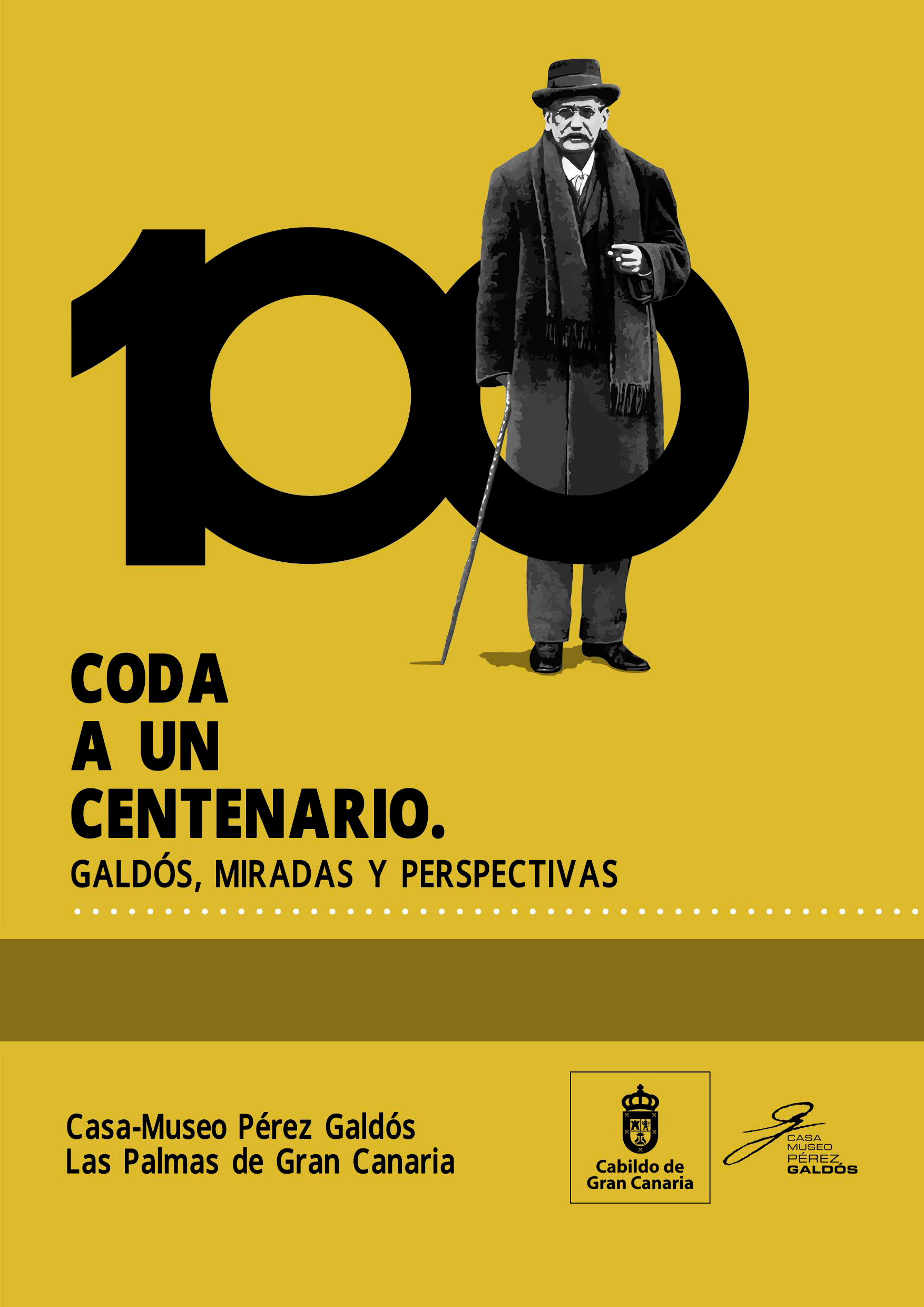ANATOMÍA DE UNA CRISIS: DE LAS CRÓNICAS DE LA REVISTA DE ESPAÑA (1871-1872) A AMADEO I (1910) / ANATOMY OF A CRISIS: FROM THE CHRONICLES IN THE REVISTA DE ESPAÑA (1871-1872) TO AMADEO I (1910)
Palabras clave:
Sexenio Democrático, restauración, Amadeo I, Galdós y la Revista de España, quinta serie de los Episodios nacionales, Democratic Sexennial, restoration, Galdós and the Revista de España, fifth series of the Episodios NacionalesResumen
Este artículo gira en torno a la manera como Galdós diseccionó la crisis política provocada en España por el asesinato de Juan Prim en diciembre de 1870. Se recurre, a tal efecto, a dos textos fundamentales en los que el canario abordó dicha problemática: por un lado, las catorce crónicas que publicó en la Revista de España entre el verano de 1871 y el de 1872; por otro, la tercera entrega de la quinta serie de los Episodios nacionales, Amadeo I, compuesta en 1910.
El cotejo de los artículos políticos con la novela se lleva a cabo a partir de dos presupuestos:
1. Las diferencias escriturales que separan la prosa periodística, contemporánea de los sucesos que se exponen, de la narrativa histórica con la que se recrean a posteriori dichos sucesos sirviéndose de las prerrogativas de la ficción.
2. La evolución ideológica del joven Galdós de 1871, afín al régimen amadeísta por influencia de su mentor José Luis Albareda, al Galdós que desde 1907, a los sesenta y cuatro años, abrazó la causa republicana.
La interacción de texto y contexto deviene, pues, el elemento clave a la hora de dilucidar el tratamiento que hizo Galdós del reinado de Amadeo I en dos momentos de su trayectoria artística tan alejados en el tiempo. / This article examines how Galdós dissected the political crisis that beset Spain in the aftermath of Juan Prim’s assassination in December of 1870. To that effect, I resort to two fundamental texts dealing with this problematic moment: on the one hand, the fourteen chronicles that Galdós published in the Revista de España between the summers of 1871 and 1872; on the other, the third novel in the fifth series of the Episodios nacionales, Amadeo I, written in 1910.
The comparison of the political articles to the novel is based upon two premises:
1. The difference between the journalistic prose contemporary with the events and the historical fiction recreating said events later on.
2. Galdós’s own ideological evolution from 1871, when he supported Amadeo I’s monarchy because of the influence of his mentor José Luis Albareda, to 1907, the year of his conversion to republicanism.
The intersection of text and context becomes thus the key factor in understanding how Galdós assessed the historical period of 1817-1872 in two moments of his writing career separated by almost forty years.




